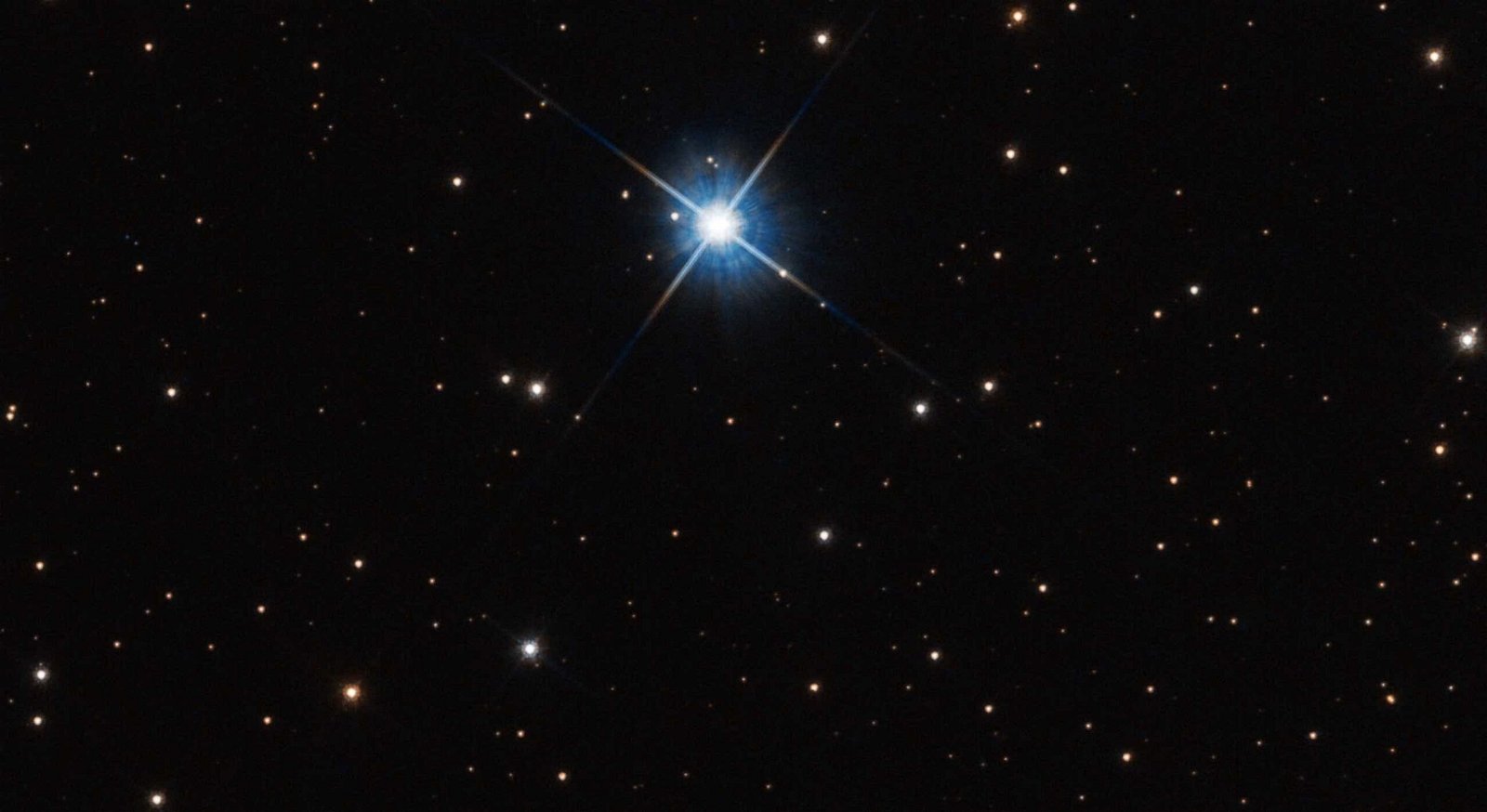The most common stars possess about a tenth of the mass of the Sun. A good example is the nearest star, Proxima Centauri, located 4.25 light years away and having 0.12 solar masses.
Three rocky planets were reported to orbit that star: Proxima b with about 1.3 Earth masses, Proxima c with roughly 7 Earth masses, and Proxima d with roughly 0.3 Earth masses, adding up to 8.6 Earth masses.
TRAPPIST-1, a dwarf star of 0.09 solar masses at a distance of 39.5 light years, was found to have 7 rocky planets with a total of 6.4 Earth masses. It is reasonable to imagine that gravitational interactions during the history of dwarf stars expelled a comparable amount of rocky material from their vicinity into interstellar space.
To imagine how the export of interstellar rocks might be triggered, recall the gravitational tide from the Moon, which moves water in the oceans relative to land on Earth. A more massive object than the Moon could generate enough tide to spaghettify the Earth into a free stream of rocks unbound by self-gravity. For that to happen, the disrupting object must be denser than Earth.
The mean density of the Sun is below that of Earth, implying that tidal disruption of rocky material is not possible outside the envelope of the Sun. But the size of dwarf stars is proportional to their mass. This implies that their mean density scales inversely with mass squared. In particular, a common dwarf star with a tenth of the mass of the Sun has a density that is a hundred times larger, allowing tidal disruption of a rocky planet to occur well outside its boundary.
For it to be destroyed by the dwarf star, a rocky planet like the Earth must arrive within two hundred times closer to the star than the distance of the Earth is from the Sun. This is likely to happen in planetary systems around dwarf stars when the rocky planet’s orbit becomes unstable and develops a large eccentricity as a result of the gravitational influence of a giant outer planet, like Jupiter, or a companion star. Such neighbors are common, making tidal disruption a likely outcome in planetary systems around dwarf stars.
Tidal disruption of an Earth-like planet on a highly eccentric orbit around a dwarf star would create a stream of debris from which half of the rocks will become more tightly bound to the star and the other half will be expelled to interstellar space. A straightforward calculation shows that under generic conditions, the most abundant planetary systems launch rocks from the crust of an Earth-like planet with a characteristic interstellar speed of about 60 kilometers per second. These rocks traverse in one second the distance that cars on the highway travel in an hour! Their speed is higher than 95% of the random speeds of stars in the vicinity of the Sun. Amazingly, this was the speed inferred for the first reported interstellar meteor, IM1, measured by US government satellites on January 8, 2014.
The spherules collected along IM1’s path by the expedition that I led to the Pacific Ocean on June 14-28, 2023, had an enhancement by 2-3 orders of magnitude in the abundances of elements like beryllium, lanthanum and uranium, implying an extrasolar composition labeled as “BeLaU”-type, never seen before in solar system spherules. Our expedition paper suggested that this enhancement is likely produced by the process of differentiation in a magma-ocean planet of molten rock.
The differentiated materials could explain the highest material strength inferred for IM1 relative to solar system meteors based on the fact that IM1 disintegrated at a stress level far greater than all other 272 solar system meteors in the CNEOS catalog of NASA. The highest velocity debris from a tidal disruption of an Earth-mass planet around a dwarf star originates from the planet’s crust.
The many close-in passages of a rocky planet around a dwarf star on its approach to an orbital eccentricity that eventually leads to its tidal disruption would result in periodic melting of the planet’s crust before disruption. This melting could yield differentiation of elements, allowing elements with affinity to iron to sink to the planet’s iron core. This process would leave behind elements like beryllium, lanthanum, and uranium, producing the “BeLaU”-type composition discovered in IM1’s spherules.
The unusually high material strength of IM1 might have resulted from the hardening associated with repeated episodes of melting and crusting and enhanced elemental differentiation compared to solar system planets like the Earth or Mars, which went through a magma ocean episode only during their early formation, as a result of bombardment by other objects.
How many IM1-like rocks should populate interstellar space? A simple estimate shows that the ejection of roughly ten Earth masses per dwarf star would lead to a meteor appearance rate of once per decade, consistent with the detection of a single interstellar IM1 in the CNEOS meteor catalog of NASA spanning a decade of observations of solar system rocks.
My eureka moment about the origin of IM1-like objects in interstellar space from planetary systems around dwarf stars was inspired by conversations with my brilliant postdoc, Morgan Macleod. Paraphrasing Rabbi Chanina’s statement in the Talmud (Taanis 7a): “I have learned much from my teachers, more from my colleagues and most from postdocs.” Morgan and I have summarized our quantitative results in a new scientific paper that was submitted for publication.
Does this mean that IM1 definitely originated from a natural astrophysical environment and was not a technological Voyager-like meteor manufactured by another civilization? We do not know for sure. Our next expedition to the Pacific Ocean aims to find bigger pieces of IM1 and check whether it was a rock or a more exotic object. Until we find bigger pieces of IM1, we will not know with certainty the origin of IM1. The enhanced abundance of rare elements could have served a technological purpose.
For example, lanthanum could have been melted from semiconductors, and uranium could have been used as fuel in a fission reactor. However, our calculations in the new paper provide a reasonable context for explaining pieces of rock along IM1’s path. Based on the first expedition, we know where to search for these pieces based on the “treasure map” that we created in our expedition paper for “BeLaU”-type spherules. Viewed in a romantic language, these spherules serve as “rose petals” that lead us to our “lover.”
After IM1 was identified, a few astronomers argued that it did not arrive from interstellar space, despite the official letter from the US Space Command to NASA, which confirmed IM1’s interstellar origin at the 99.999% confidence level. When Stein Jacobsen’s laboratory at Harvard discovered the unique “BeLaU”-type composition of the spherules along IM1’s path, these same astronomers argued that the “BeLaU”-type spherules might not belong to IM1.
Now that we have identified a plausible source for the unique composition, speed and population of IM1-like rocks, these astronomers might add that we do not know for sure if IM1 originated from this population. If we discover large pieces of IM1 with extrasolar “BeLaU”-type composition, demonstrating that IM1 belongs to an interstellar population of rocks from dwarf stars, these same astronomers might say that it is self-evident and that they thought about it first.
Call me naïve, but I expect that evidence has the power to, ultimately, help us trade child-like bullying for childlike curiosity. However, the problems that others have with the scientific method should perhaps be resolved by their therapists rather than by me.
We should all be concerned about those who avoid the hard work of gathering evidence by expressing prematurely strong opinions on social media, personal blogs, or newspaper reports. Paraphrasing the famous poem “First They Came” by pastor Martin Niemöller:
First they came for scientists who study Unidentified Anomalous Phenomena
And I did not speak out
Because I was not a SETI scientist
Then they came for astronomers who study the anomalies of `Oumuamua
And I did not speak out
Because I was not a comet expert
Then they came for the IM1 expedition scientists
And I did not speak out
Because I was not a meteor expert
Then they came for me
And there was no one left
To speak out for me.
Avi Loeb is the head of the Galileo Project, founding director of Harvard University’s – Black Hole Initiative, director of the Institute for Theory and Computation at the Harvard-Smithsonian Center for Astrophysics, and the former chair of the astronomy department at Harvard University (2011-2020). He chairs the advisory board for the Breakthrough Starshot project and is a former member of the President’s Council of Advisors on Science and Technology and a former chair of the Board on Physics and Astronomy of the National Academies. He is the bestselling author of “Extraterrestrial: The First Sign of Intelligent Life Beyond Earth” and a co-author of the textbook “Life in the Cosmos,” both published in 2021. His new book, titled “Interstellar,” was published in August 2023.

